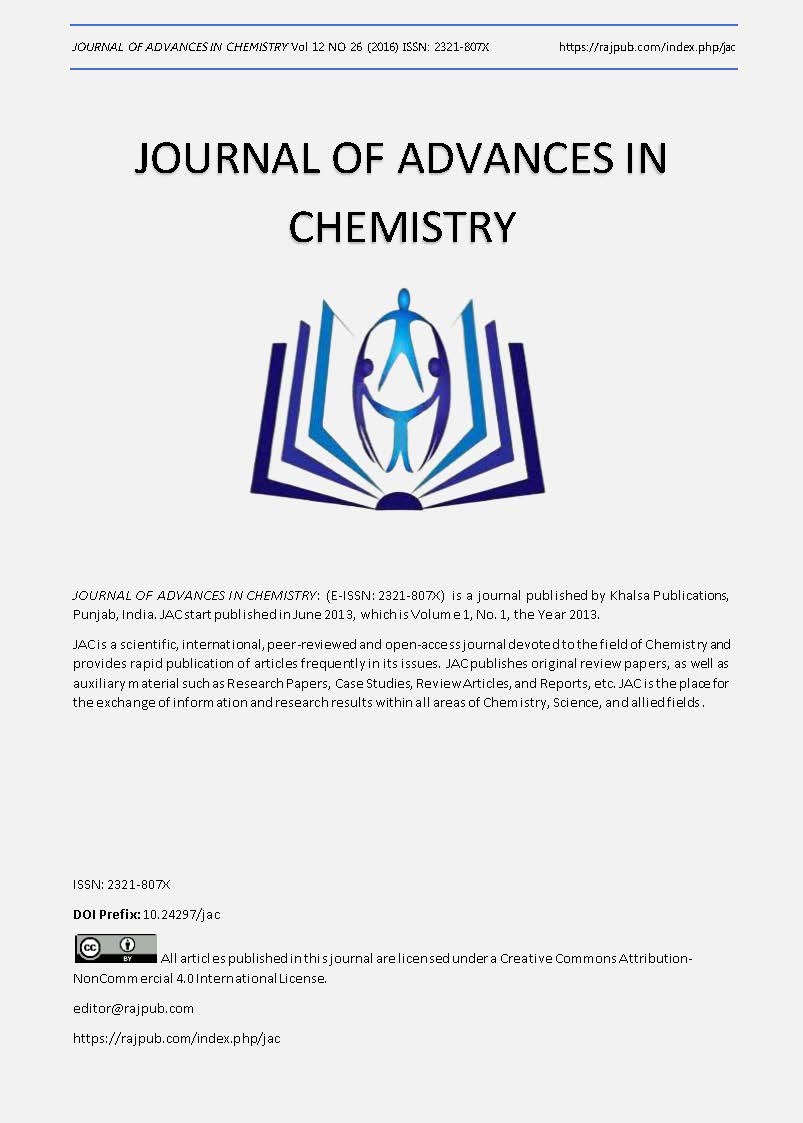RECONFIGURABLE LOW POWER AND AREA EFFICIENT ESPFFIR FILTER USING VHBCSE MULTIPLIER
DOI:
https://doi.org/10.24297/jac.v12i26.5301Keywords:
FIR filter, Parallel structure, DSPAbstract
Reconfigurable Even Symmetric Parallel Fast Finite Impulse Response (RESPFFIR) filter shall be utilized as the Processing Element (PE) in Software Defined Radio (SDR) design to improve the throughput. The number of multipliers required in RESPFFIR filter increases when parallelism length increases. The Constant Multiplier (CM) technique is used to diminish the power consumption in FIR filters by reducing the number of Logical Operators (LO) and Logical Depth (LD). Binary Common Subexpression Elimination (BCSE) method is suitable to exploit symmetric coefficient in FIR filters. The Vertical Horizontal Binary Common Subexpression Elimination (VHBCSE) technique based Constant Multiplier (CM) design further diminish the number of LO and LD. The 2-bit BCSE algorithm has been applied vertically across neighboring coefficients and HCSE makes use of CSs that arise within each coefficient to eradicate redundant computations, which intern reduce logical operator in constant multiplier. This paper presents the design of Reconfigurable Even Symmetric Parallel Fast Finite Impulse Response (RESPFFIR) filter using VHBCSE based CM multiplier, which is reconfigurable with reduced power and area consumption without degrading the throughput. The power consumption reduces by 12% and the area required gets reduced by 24% in the proposed design when compared with existing CSE Hcub-n Multiple Constant Multiplier based ESPFFIR filter design. The analysis is done using Cadence RC synthesize tools.Downloads
Download data is not yet available.
Downloads
Published
2016-12-28
How to Cite
Roach, S., SINGH, D. N., & Rani, C. S. H. (2016). RECONFIGURABLE LOW POWER AND AREA EFFICIENT ESPFFIR FILTER USING VHBCSE MULTIPLIER. JOURNAL OF ADVANCES IN CHEMISTRY, 12(26), 5763–5769. https://doi.org/10.24297/jac.v12i26.5301
Issue
Section
Articles
License
 All articles published in Journal of Advances in Linguistics are licensed under a Creative Commons Attribution 4.0 International License.
All articles published in Journal of Advances in Linguistics are licensed under a Creative Commons Attribution 4.0 International License.




